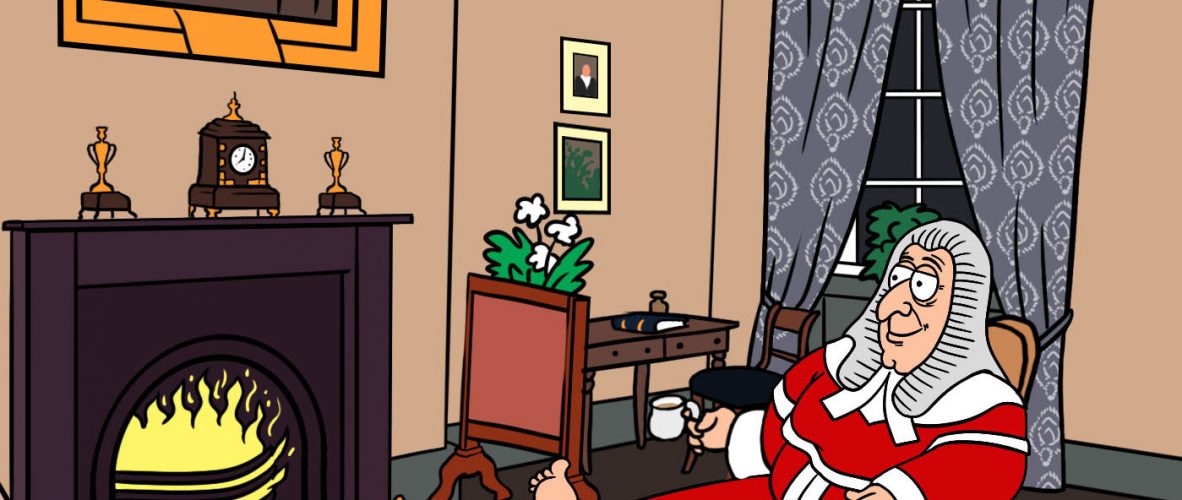The name given to the tight trousers worn by some Regency gentlemen, such as the notorious Beau Brummell and his ‘dandy’ followers, as they showed off their leg muscles.
Study Materials
1. Slate & pencil: Using a slate in class was an easy and cost-effective way to write and draw. The pencils were also made of slate and the board could be wiped clean to start again.

2. Ink bottle, inkwell and pen, box for pencils and pens: It is hard to write neatly with ink pens, especially ones like these that are dipped into it. The children’s inkwells would be filled up from a large bottle. You would have to be able to write quite fast – the teacher would often read out what had to be written down and you would have to be able to keep up with them.

| In the classroom: | |
What is ‘writing fluid’? Do you think it would be easy to write with this pen? Why is the wooden box so dirty? See of you can get an ink pen to try. | |
3. Magic Lantern: Magic lanterns were often used to show pictures. They are rather like slide projectors. This one works by putting pictures on glass into the wooden slider and moving them behind the lens. At the back there is a door where you would put an oil light, which shone through the slide and projected the image onto a wall. The chimney at the top helps the heat escape from the lamp. Slides could be bought in sets. Many were painted like these ones, which are four from a set telling the story of Dick Whittington. Later on, you could also get photographic slides, often of places, for children to learn about.
 |  | |
 | ||
 |  | |
| In the classroom: | |
See if you can work out what this machine does and how it works. What sort of things do we use now to show pictures (single pictures or moving). Look at the slides. Why have they got different numbers on them? Can you work out what story they are from? | |
4. Rote Learning: Teaching was largely by rote learning and discipline, so school days must have been rather unappealing to most children and since work began for many at the age of ten, childhood did not seem like much fun! ‘Question & Answer’ books were a popular way to learn facts. These pages are from A Child’s Guide to Knowledge: Being a Collection of Useful and Familiar Questions and Answers on Everyday Subjects, adapted for Young Persons and Arranged in the most Simple and Easy Language, 1860.
| In the classroom: | |
Read through these six pages. Look at how each subject is linked to the next one. Look at the way it is written – is it hard to read? Choose two different things (eg. the sun and a cow) and see of you can write questions and answers that start with one and end in the other. | |






